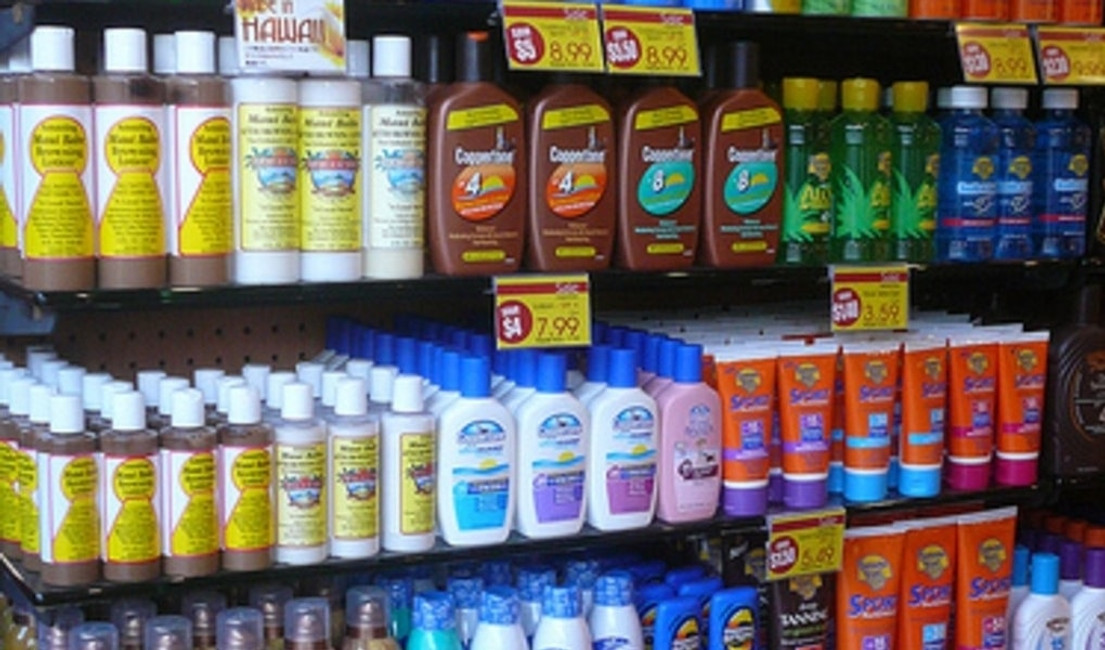
Sunscreen under the Microscope
As we start to enter the peak sunscreen selling season here in the US, we thought it would be a worthwhile exercise to shed some light on this multi billion dollar global industry which generated $5.6B in sales of sun protection products in 2013, by 2018 generated $11.5B for all it's segments including sun protection, after sun and self tanning products and is being forecast to grow to $17B by 2024.
Clearly a significant market opportunity, especially for the incumbents, but the market is starting to shift given Hawaii's recent, 7/18, passage of a law banning sunscreens that contain certain ingredients considered harmful to coral reefs and Key West, FL following suit in 2/19. The ingredients being singled out as harmful to coral reefs are oxybenzone and octinoxate (octyl methoxycinnamate) and as the ban doesn't go into effect in either location until January 1, 2021, there is still time to sort out the science as there currently isn't consensus among the coral reef scientific community.
"Scientists agree that the major culprit in coral degradation is climate change.", but have varying opinions when it comes to both oxybenzone and octinoxate. The general thinking is if these are causing damage and can be easily replaced, then why not look for alternatives, but in the meantime most would agree more research is needed to determine their impact. The alternatives are mineral based (aka natural) sunscreens that usually contain titanium dioxide and/or zinc oxide and work by sitting on top of the skin to deflect damaging UV rays.
That being said, this debate is kicking off a jockeying for position for purveyors of sunscreen to claim the high ground. While the Environmental Working Group (EWG) has been producing a safe sunscreen guide for what will be it's 13th year in 2019, there has also recently emerged a coalition of smaller sunscreen providers called the Safe Sunscreen Council "with a shared mission to study this issue, raise awareness within the skin care industry and consumers and support the development and adoption of safer ingredients for people and planet". Not much has been heard from the larger incumbents who control the market, but rest assured they are well aware of the 1/1/21 deadline in Hawaii and Key West, are carefully watching this and have no intentions of letting their market position slip.
On top of this, a study was released yesterday by an arm of the US Food and Drug Administration (FDA) to help jump start sunscreen manufacturers into doing more research on the safety of the ingredients contained in sunscreen, including oxybenzone. The FDA initiated this effort to look at 14 different sunscreen ingredients back in February and it sounds like yesterday's announcement was meant to keep the spotlight on this. While it seems like much of this should have already been sussed out by 2019, at least it's on the radar and getting some attention.
Stay tuned as there will be more to come in the next 1.5+ years leading up to the January 1, 2021 deadline. As an eTailer who is trying to build a more sustainable business, we have a vested interest in getting out in front on this.
